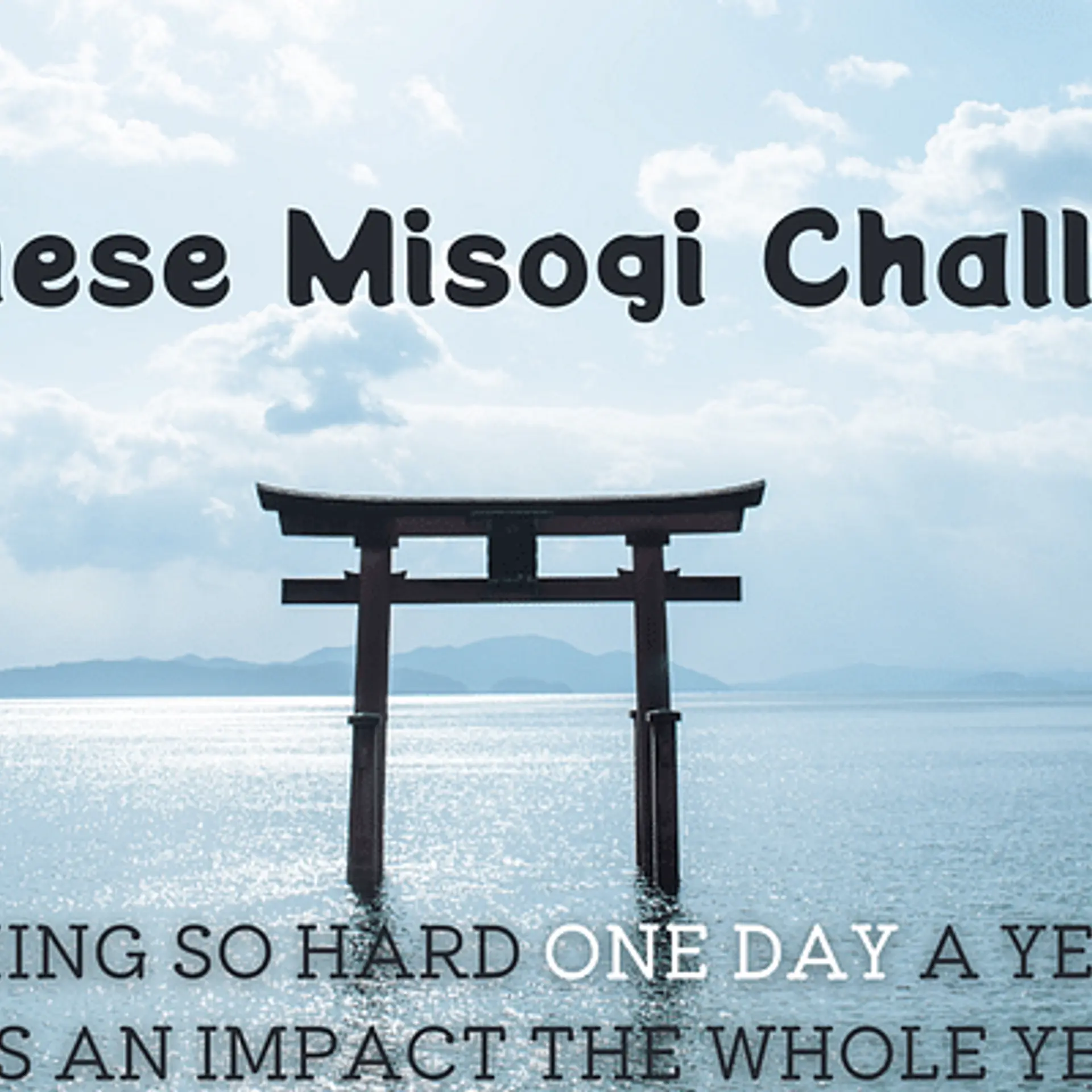Named after Mahishasura, the city of Mysuru puts on a magnificent display for Dasara
Mysuru, or Mahishur as it was called in the past, traces its history back to the mythical past, when Goddess Chamundeshwari of Chamundi Hill killed Mahishasura, the wicked buffalo-headed demon. This event that marked the triumph of good over evil is the inspiration behind Dussehra festivities.
For a city whose name is derived from ‘Mahishasura’, it little surprise, therefore, that Mysuru takes this season quite seriously. The ten-day Dussehra is celebrated with pomp and grandeur, and the entire city participates in a majestic procession, dance, music, varieties of cultural activities and a torch light parade. The festivities here are an elaborate affair and attract a large audience from all over the world.

Navaratri means ‘nine nights’ in Sanskrit. During these nine nights and ten days, nine forms of Shakti/Devi are worshiped. The tenth day is commonly referred to as Vijayadashami. As the legend goes, Vijayadashami denotes the victory of good over evil and was the day when the Hindu Goddess Chamundeshwari killed the demon Mahishasura.




The legacy continues
The festivities in Mysuru date back to 1610 when the Wadiyar king, Raja Wadiyar I, lit the entire Mysuru Palace on all the 10 days of Dasara. The festivities begin with the Wadiyar royal couple performing a special puja to Goddess Chamundeshwari in the Chamundi Temple located on the top of Chamundi Hill at Mysuru. This was followed by a special durbar (royal assembly).




The ninth day of Dussehra, called Mahanavami, is also an auspicious day on which the royal sword is worshipped and is taken on a procession involving elephants, camels and horses.


Grand festivities
On Vijayadashami, the traditional Dussehra procession (locally known as Jamboo Savari) is held on the streets of Mysuru city. The main attraction of this procession is the idol of Goddess Chamundeshwari, which is placed in a golden howdah on the top of a decorated elephant.



This idol is worshipped by the royal couple and other invitees before it is taken around in the procession.

Colourful tableaux, dance groups, music bands, armed forces, folklores, the royal identities, decorated elephants, horses and camels form a part of the procession, which starts from the Mysuru Palace and culminates at a place called Bannimantap, where the Banni tree (Prosopis spicigera) is worshipped.



Another major attraction during this time is the Dussehra exhibition, which is held on the exhibition grounds opposite the Mysuru Palace. This exhibition goes on till December. Various stalls that sell items like clothes, plastic items, kitchenware, cosmetics and eatables are set up and they attract a significant amount of people. A game area containing attractions like the ferriswheel is also present to provide entertainment to the people.














